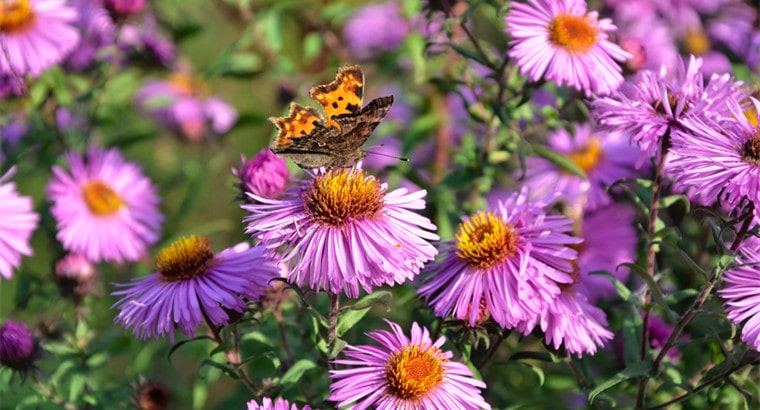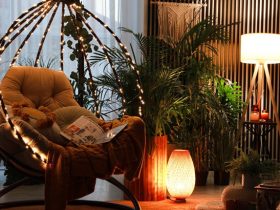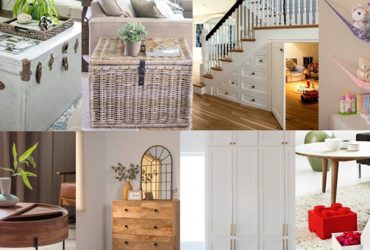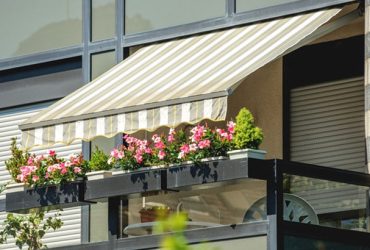A pollinator garden is a garden dedicated to pollinating insects and animals such as butterflies, wasps, bees, moths, and hummingbirds.
These gardens are filled with nectar and pollen-producing flowers that will provide food and shelter to nature’s most valuable creatures.
Pollinator gardens are a great addition to any yard because they keep pollinators in the area to pollinate fruits, vegetables, and flowers in the area.
Keep reading to find out how you can create a pollinator garden that will benefit the entire neighborhood.
Plan for All Pollinators
If you want to create a garden that serves as a safe haven for pollinators, you must make it inviting and worth sticking around for.
Pollinators need food, water, and shelter to survive, so if you incorporate these into your garden, they make it their home.
Consider adding structures such as a bird bath, birdhouse, bird feeder, small pond, or fountain. Your garden should also be “overgrown” to provide shelter to insects.
Choose the Right Location
Pollinators love to bask in the sun, so choose a shade-free location. Pollinators also prefer areas that have little to no wind, so planting your garden near a fence or house can be beneficial as long as the plants still receive plenty of sun.
Pollinator gardens often grow large and can spread quickly, therefore it is best to choose a location that has limited space restrictions. If you are also growing a vegetable garden this season, consider placing it in a location that will not be affected by the overgrowth of flowers otherwise the plants may fight for nutrients.
Plant at the Right Time
Although most plants can be started in pots indoors, they shouldn’t be transplanted outdoors until the right time of season.
For most flowers, the best time to plant your seeds or sprouts is after the last frost and when the soil is workable and moist. Soil shouldn’t be too wet or too dry otherwise the plants may struggle to survive.
Cold winter regions should wait until spring or summer to plant, but warmer geographical locations like Florida, Alabama, and Texas can start their garden at any time.
Choosing Your Plants
The most important part of creating a pollinator garden is choosing plants that attract the right animals and insects. These plants will be nectar and pollen-rich and have many flower blossoms.
When creating a pollinator garden, consider incorporating a long outdoor planter box. These can be a great addition to your garden for growing plants that attract pollinators.
Plants native to your area are best because they have the highest likelihood of thriving, and they will be desirable to native pollinators.
Examples of common pollinator flowers are:
- Ivy
- Holly
- Calendula
- Marigolds
- Salvia
- Lavender
- Cosmos
- Milkweed
- Verbena
- Heliotrope
- Yarrow
- Oregano
- Sunflowers
Pollinator gardens should also have host plants. Host plants will be the plants that provide the majority of food and shelter to local pollinators. These plants are often shrubs, trees, and other foliage with a lot of leaves and hiding places.
Conversely, pollinator plants are generally considered companion plants since having them around offers many benefits to the host plant.
Pollinator plants can help with cannabis cultivation, vegetable gardens, and fruit trees or vines.
Planting Your Flowers
The best soil for a pollinator garden will have a PH level of 6.0-7.0 which is slightly acidic. You can purchase a PH-level tester at any garden center or hardware store.
Loose, well-drained loam soil is preferred for your garden bed, but most native flowers will survive in any soil conditions as long as they get sun and water.
Before planting your seeds or sprouts, till the soil and remove any large rocks.
Many of these flowers will grow quite large, so check the seed packet for planting instructions and sow your seeds accordingly. If your flowers are too close together, they may fight over nutrients and sunlight.
To ensure you have the best soil conditions, create a compost pile and use about 6-8 inches of compost on the top of your soil. A properly curated compost pile offers a wide range of nutritional value to all garden types.
Maintaining Your Garden
Most pollinating flowers are easy to maintain and require little effort.
Weed and water the garden often, and if you have a compost pile, add fresh compost every few weeks. Additionally, don’t use pesticides in your yard otherwise, they may harm the insects you are trying so hard to keep healthy and strong.
Once the season is over, and your flower blooms disappear, leave the garden as is. Pollinators have claimed your garden as their home and will be hibernating in the dead plants covering the yard. Try not to disturb the garden when raking, shoveling, or playing in the yard.
Once the warm weather begins next season, the pollinators will come out, and many of your flowers will begin sprouting and blossoming.










